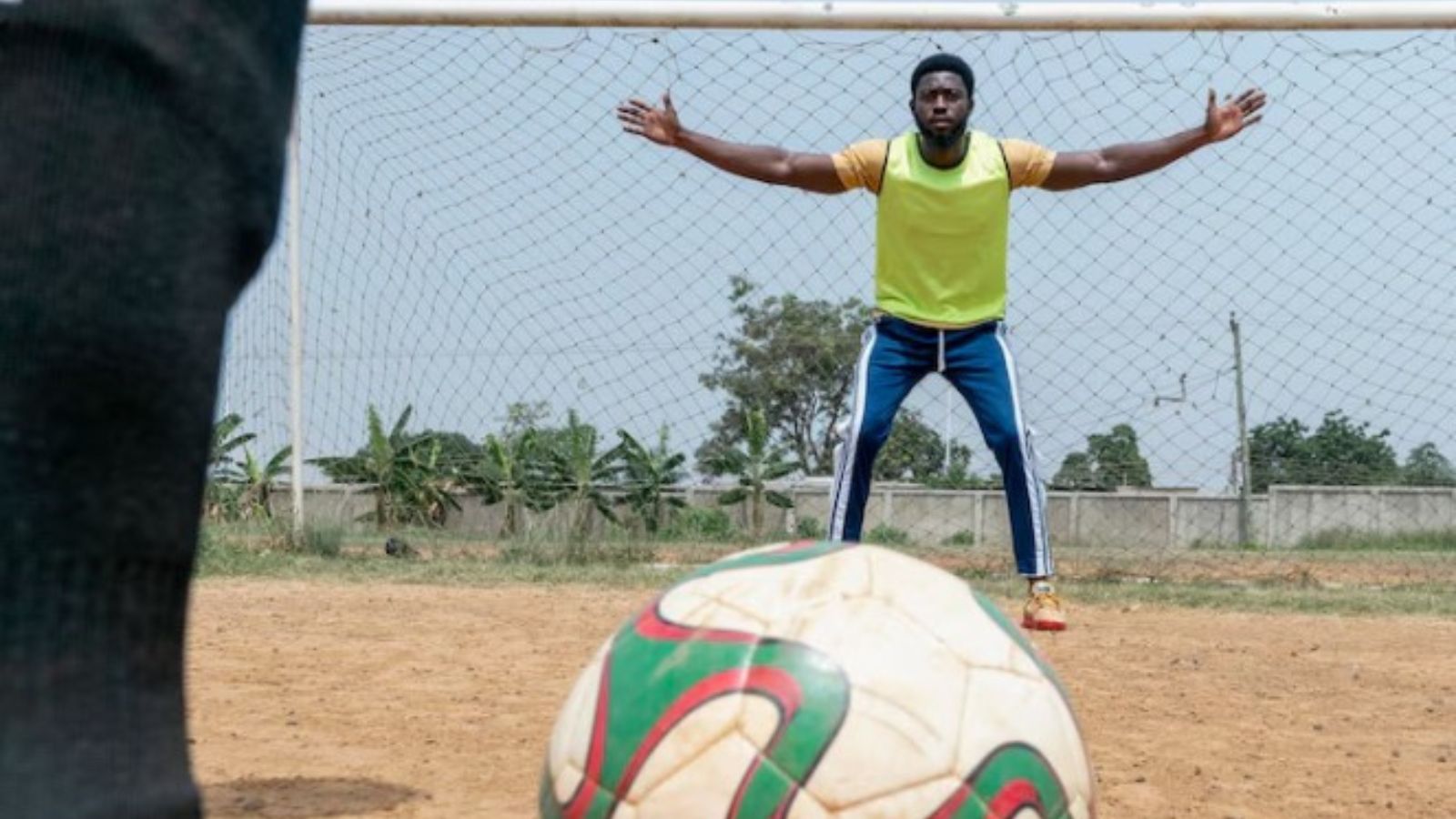A scuffed plastic ball in a Khulna alley can spark a journey to Dhaka’s floodlit pitches. Many Bangladeshi footballers learned to dribble on cracked cement beside tea stalls. The path to pro remains tough, but community support, local leagues, and digital tools now light the way.
Grassroots Culture Builds Skill
Makeshift games use bricks for goalposts and instant noodles for halftime snacks. Uneven roads teach balance, quick recovery, and fearless tackling. Youth coaches say many nimble midfielders honed close control by dodging potholes and vegetable carts on their daily walks to school.
Community Tournaments Provide Structure
Ward committees and youth centres field teams for Ramadan Cups, Independence Day sevens, and winter street leagues. District organisers publish fixtures in group chats to reduce confusion and late starts. While local matches are shared through WhatsApp, many fans abroad rely on one expect to follow live scores and real-time updates from Bangladeshi professional leagues, especially when official broadcasts are unavailable.
School Leagues and Early Scouting
Physical-education teachers nominate standout players for zonal qualifiers. Short highlight clips shot on phones circulate among coaching networks, speeding talent referrals to city academies. When scholarships cover tuition and boots, dropout rates fall and families allow gifted teenagers to train longer hours.
Stages on the Road to Pro Football
A typical prospect advances through five checkpoints:
- Informal street play that develops instinctive dribbling and quick passing
- Ward tournaments with referees and scheduled kick-off times
- School or college leagues offering season-long standings and fitness tests
- Club academies supplying diet plans, video analysis, and national fixtures
- Second-division debuts that introduce media duties and contract clauses
Each level adds tactical polish without erasing the creativity of alley football.
Academies Add Tactical Intelligence
Premier-league clubs run boarding programmes where students balance school and training. Coaches use video to fix defensive shape and teach strength routines that prevent ankle injuries on hard pitches. Nutrition sessions focus on affordable meal planning.
Sports Science Raises Ceilings
Top academies now include basic sports science in their programs. Coaches monitor hydration, rest patterns, and flexibility to reduce overuse injuries. Simple fitness tests track progress, while video reviews help spot risky landings or poor running form. Though advanced tools like GPS vests remain rare, even small improvements in recovery routines are helping young players train smarter and stay on the pitch longer.
Barriers and Local Solutions
Even gifted prospects meet practical obstacles:
- Monsoon flooding forces schedule changes. Municipal councils now convert unused sheds into mini turf cages with raised drainage.
- Medical gaps emerge in rural clubs. Several teams share a travelling physiotherapist funded by crowd collections.
- Limited scouting for girls reduces visibility. District federations host showcase days staffed by accredited female coaches and stream highlights online.
Incremental fixes prevent talent from slipping through cracks.
Domestic Debuts Test Nerves
A first second-division appearance places rookies under brighter lights than any alley game. Mentors guide newcomers through contracts, interview basics, and travel nutrition so that skill shines despite pressure. Some top-league matches are streamed on Facebook or YouTube, giving families in remote areas a rare chance to watch their local teams.
National Camps and Overseas Trials
Short training stints in India, Nepal, and Malaysia expose players to quicker pitches and new tactical demands. Successful graduates return with fresh drills and confidence, inspiring younger neighbours to practise harder after school. These stories underline that rounded growth beats raw power alone.
Digital Tools Shape Modern Practice
Players and coaches use simple digital tools to stay connected and improve performance:
- Phone videos for reviewing plays
- Messaging apps for sharing updates
- Fitness apps for tracking runs
Even basic tech helps a teenager in Rangpur stay on the radar of a club in Dhaka.
Role Models Give Back
Professionals refurbish community fields, donate gear, and host holiday camps. Alumni finance solar floodlights and water filters, turning personal success into public benefit. Younger children watch ribbon-cutting ceremonies and dream bigger with a ball under one arm.
Government and Federation Support
The Bangladesh Football Federation lists licensed grassroots coaches and offers subsidised certificate courses. City councils earmark micro-grants for neighbourhood pitch repairs, citing sport’s impact on after-school engagement. Joint initiatives with NGOs distribute first-aid kits and coach-training manuals in Bangla to underserved districts.
Conclusion
From cracked asphalt to Bangabandhu Stadium’s roar, a footballer’s rise depends on clear steps, strong mentors, and digital tools that link remote talent to scouts. Scholarships, score updates, and grounded role models guide each child juggling a worn ball at dusk. The dream is distant, but the path is lit.

